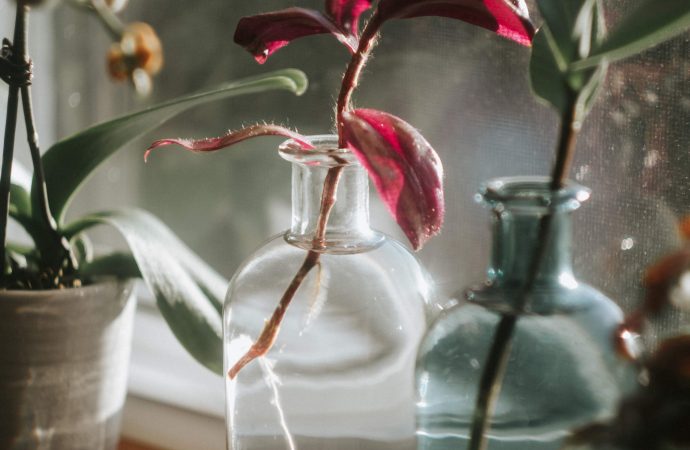Herb gardening is a great way to add fresh flavors to your meals and enhance the beauty of your outdoor space. Whether you’re a seasoned gardener or a beginner, starting and maintaining an herb garden is easy and rewarding. In this article, we’ll cover the basics of herb gardening, including how to choose the right
Herb gardening is a great way to add fresh flavors to your meals and enhance the beauty of your outdoor space. Whether you’re a seasoned gardener or a beginner, starting and maintaining an herb garden is easy and rewarding. In this article, we’ll cover the basics of herb gardening, including how to choose the right herbs, how to plant and care for them, and how to harvest and use your herbs.
Choosing the Right Herbs
The first step in starting an herb garden is choosing the right herbs. There are many different herbs to choose from, each with its own unique flavor and growing requirements. Some popular herbs for beginners include basil, chives, cilantro, mint, oregano, parsley, rosemary, sage, and thyme.
When choosing your herbs, consider the climate and growing conditions in your area. Some herbs, like basil and cilantro, prefer warm weather and plenty of sunlight, while others, like mint and parsley, can tolerate partial shade and cooler temperatures. You should also consider the amount of space you have available and the purpose of your herb garden. If you’re planning to use your herbs for cooking, choose herbs that you enjoy eating and that complement the flavors of your favorite dishes.
Planting and Caring for Your Herbs
Once you’ve chosen your herbs, it’s time to plant them. Herbs can be grown in containers or in the ground, depending on your preference and available space. If you’re planting in containers, choose pots that are at least 6 inches deep and have drainage holes to prevent water from accumulating and causing root rot.
When planting your herbs, be sure to give them plenty of room to grow. Most herbs prefer well-draining soil and regular watering, but be careful not to overwater them, as this can lead to root rot. You should also fertilize your herbs regularly with a balanced fertilizer to promote healthy growth.
Harvesting and Using Your Herbs
Once your herbs have matured, it’s time to harvest them. Herbs can be harvested at any time, but it’s best to do so in the morning when the oils that give them their flavor and aroma are at their peak. To harvest your herbs, simply snip off the leaves or stems with a pair of sharp scissors or pruning shears.
Herbs can be used fresh or dried for later use. To dry your herbs, simply tie them in small bundles and hang them upside down in a warm, dry place for several days. Once they’re dry, remove the leaves from the stems and store them in an airtight container.
Herbs can be used in a variety of ways, including in cooking, teas, and herbal remedies. Experiment with different herbs and recipes to find the combinations that work best for you.
Conclusion
Starting and maintaining an herb garden is a fun and rewarding hobby that can enhance the flavor of your meals and add beauty to your outdoor space. By choosing the right herbs, planting and caring for them properly, and harvesting and using them in creative ways, you can enjoy the benefits of fresh herbs all year round.

















Leave a Comment
Your email address will not be published. Required fields are marked with *